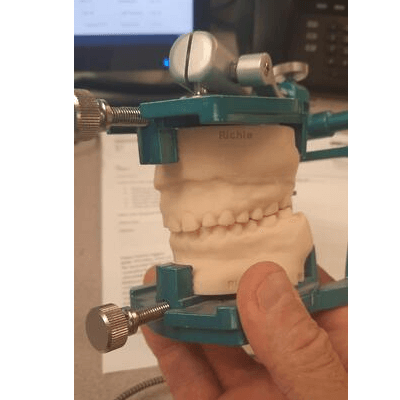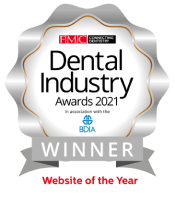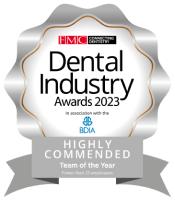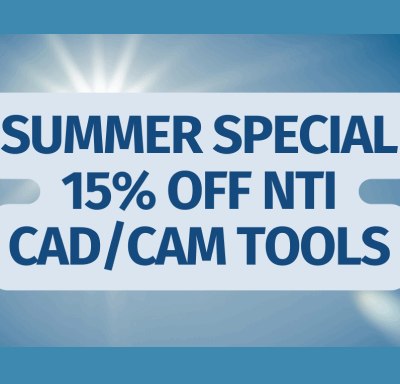Keeping Occlusion Alive While Teaching Digital Work Flow
By Shirlene O’Russa, Whip Mix’s Western Region Territory Sales Manager
I got out my collection of old dental text books that I collected over the years, from Peter Dawson to a Ramford & Ash textbook used at Southern Illinois University School of Dentistry. I was searching high and low for a simplified definition of Occlusion. There isn’t one. It is a complicated concept that starts with the physiology of the joint to the contacting of the teeth and everything that happens in between.
For years, the analog process of making restorations has relied on the Principles of Occlusion from a few occlusion greats such as Hanau, Denar, Stuart, Pankey & Dawson to define and create proper occlusion. They were instrumental in the development of articulators, facebows and mounting equipment to simulate occlusion.
Today, there are some that think the digital process ignores the fundamental rules for restoring dentition and maintaining proper joint function. I like to think “It’s not better or worse, it’s just different.” Dental schools still teach anatomy, physiology, occlusion, function and materials. Dr. Faddy Faddoul, Professor & Associate Dean of Clinical Affairs at the Woody L. Hunt School of Dental Medicine in El Paso, who has pioneered an all-digital school, stated that achieving functional restorations with digital dentistry is virtually the same as with the analog method. It is just a different path to the same outcome. His bottom line is that schools still maintain the basic lessons of anatomy and physiology to understand what it takes to make a healthy restoration for the patient. Moving to a digital format doesn’t change any of those ideas or practices. Digitally, you can observe movements in real time, you can adjust restorations in real time, you can fabricate better treatment plans using CBCTs, and you can plan cases using several disciplines quickly in file sharing, creating restorations from stronger, more esthetic materials….and this is the short list.
I just watched a webinar with Dr. John Cranham, former Clinical Director of the Dawson Academy. He is now teaching the analog concepts of dialing in occlusion virtually through digital wax ups and 3Shape Smile Design. During the webinar, he walked through establishing CR, locking in that position in with some composite in the anterior region, where you would place a deprogrammer and then scan. Once that scan was complete, he scanned in MI. He mounted it virtually and milled it in with the “lines and dots” to create harmony in the guidance. I was impressed by his statement “Equilibrating virtually allows one to see the contact forces in motion rather than in a static position.”
Chris Frye, Digital Technology Sales Manager at Whip Mix, told me that Model Builder software in 3Shape has 3 options for the “articulation” of resin models. These tools are for maintaining those occlusion principles in the occlusal scheme.
- Pin Stop
- 3Shape articulator
- Vertex System

Dr. Jonathan Parker practices at the Snoring & Sleep Apnea Dental Treatment Center in Minneapolis. He has used the Hanau Model Mate, one of our simple articulators for years. He has made hundreds of splints for his patients. It is a quick “plasterless” mounting articulator. If you want to mount resin models, this can be an invaluable tool. His assistant uses this also to create the morning re-positioners for the patients. (See photo)
You may never need to mount your resin models, but if you do there is a tool! Occlusion is still alive in the digital world and I’ve listed the old and new options to try.
Copyright © Prestige Dental Products UK Ltd 2025
Registered in England, UK no. 2391338. VAT no. 5580015.





